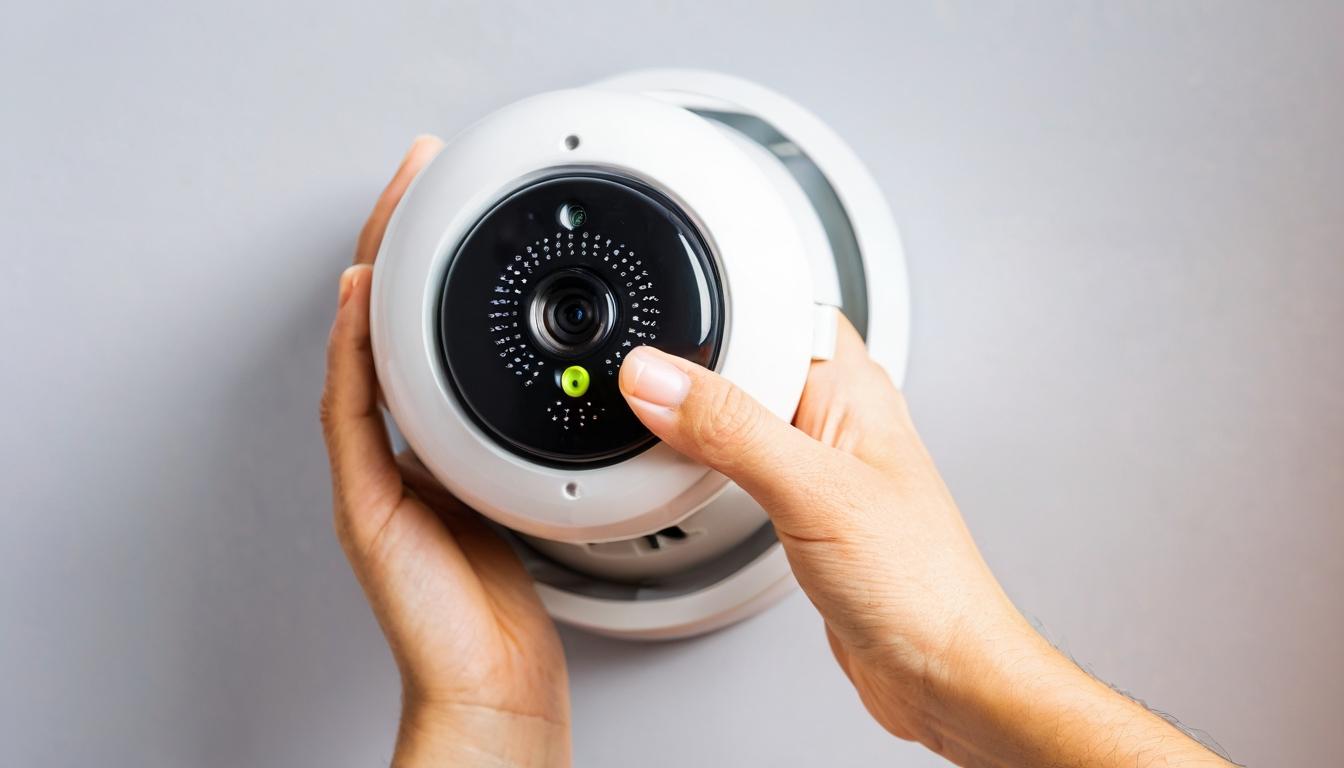The door-to-door salesman flashed a practiced smile, his clipboard held like a shield. "Protect your family for just $49 a month," he promised, his eyes scanning my front door for vulnerabilities. What he didn't mention—what the entire home security industry often obscures behind glossy brochures and fear-based marketing—are the real costs that extend far beyond the monthly monitoring fee. After months of investigation across six leading security platforms, I've uncovered a landscape where transparency takes a backseat to profit margins.
Hidden fees lurk in the fine print like burglars in the shadows. That attractive $29 installation? It often comes with mandatory equipment purchases that triple the initial cost. The monitoring service that promises 24/7 protection? Many contracts contain automatic renewal clauses that lock customers into multi-year commitments with escalating fees. One family I interviewed discovered their $35 monthly fee had quietly climbed to $67 over three years—a 91% increase they only noticed when reviewing bank statements.
Equipment obsolescence represents another financial trapdoor. The sleek camera system that seemed cutting-edge today becomes tomorrow's technological dinosaur. Manufacturers design proprietary systems that make switching providers financially punishing. I spoke with homeowners who faced $2,000 equipment replacement costs when their security company updated their technology platform, effectively holding their safety hostage unless they upgraded.
The psychological toll of constant surveillance represents the most insidious cost. Researchers are beginning to document what they call "security system anxiety"—the paradoxical effect where monitoring equipment intended to provide peace of mind instead creates hyper-vigilance. One mother described checking her phone camera feeds dozens of times daily, her anxiety spiking with every notification. "I went from worrying about break-ins to worrying about why I was worrying so much," she confessed.
Data privacy concerns form the digital elephant in the room. Those cloud-connected cameras and smart doorbells collect staggering amounts of personal information—from your daily routines to conversations within earshot. Security companies monetize this data through "anonymized" analytics sold to third parties. The very systems designed to protect your physical security may be compromising your digital privacy in ways most consumers never consider.
The DIY security revolution offers both promise and pitfalls. While eliminating monthly monitoring fees sounds appealing, the responsibility shifts entirely to homeowners. False alarms become more common without professional verification, potentially straining relationships with local police departments. One couple learned this the hard way when their pet-triggered motion sensor resulted in their third false alarm—and a $250 fine from their municipality.
Insurance discounts often get touted as offsetting security system costs, but the reality proves more complicated. Most insurers offer modest discounts of 5-15%, which rarely cover the full cost of premium security systems. Some companies require specific certifications or monitoring services that limit consumer choice. The financial benefit exists, but it's frequently overstated by sales representatives.
Neighborhood security dynamics create unexpected social costs. The proliferation of security cameras has transformed residential streets into interconnected surveillance networks, raising questions about community trust and the erosion of privacy norms. One community I studied experienced tension between residents who embraced comprehensive monitoring and those who felt their privacy was being violated by neighbors' constantly-recording devices.
The environmental impact of security systems remains largely unexamined. Always-on cameras, sensors, and control panels consume significant electricity—the carbon footprint of protecting a single home can equal that of running an additional refrigerator year-round. As climate concerns grow, the ecological cost of security deserves consideration alongside the financial and psychological prices.
Maintenance and repair costs represent the silent budget-killers. Weather damages exterior cameras, pets trigger motion sensors, and technological glitches require professional troubleshooting. Most homeowners underestimate these ongoing expenses, which can add hundreds of dollars annually to the true cost of security.
The alternative security market offers intriguing options that challenge traditional models. From neighborhood watch programs enhanced by private social networks to insurance-backed security guarantees that pay claims rather than prevent incidents, innovative approaches are emerging that prioritize different values and cost structures. These alternatives deserve consideration alongside conventional alarm systems.
Ultimately, the true cost of home security extends beyond dollars and cents. It encompasses psychological wellbeing, privacy trade-offs, community relationships, and environmental impact. The most secure homes may not be those with the most sophisticated technology, but those where residents have made informed choices about what protection means to them—understanding both what they're getting and what they're giving up in return.
The hidden costs of home security: what the industry doesn't want you to know




